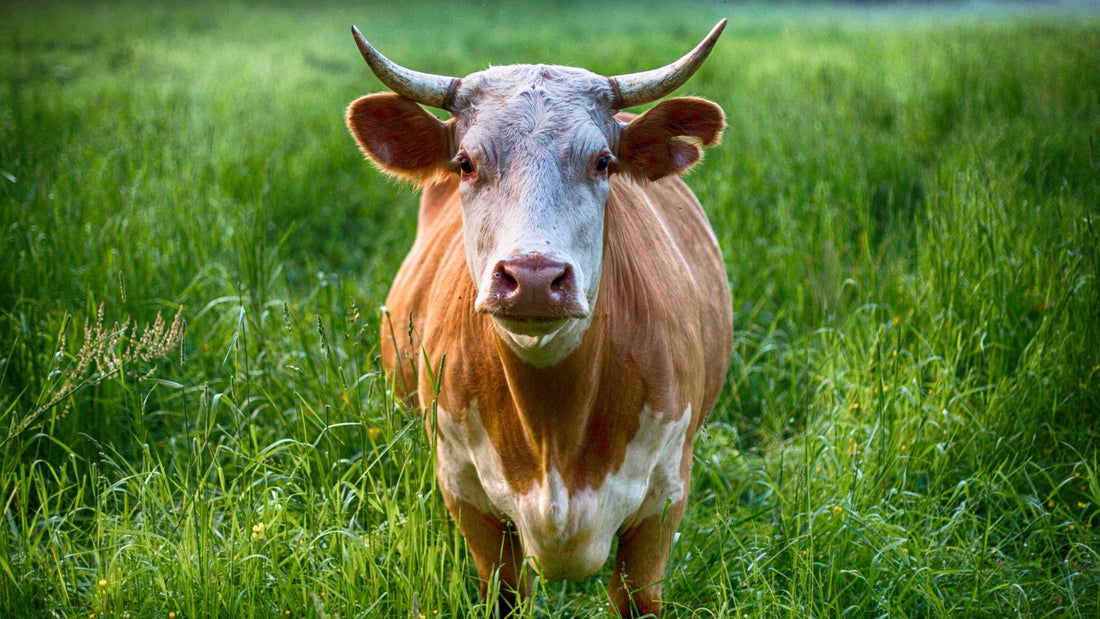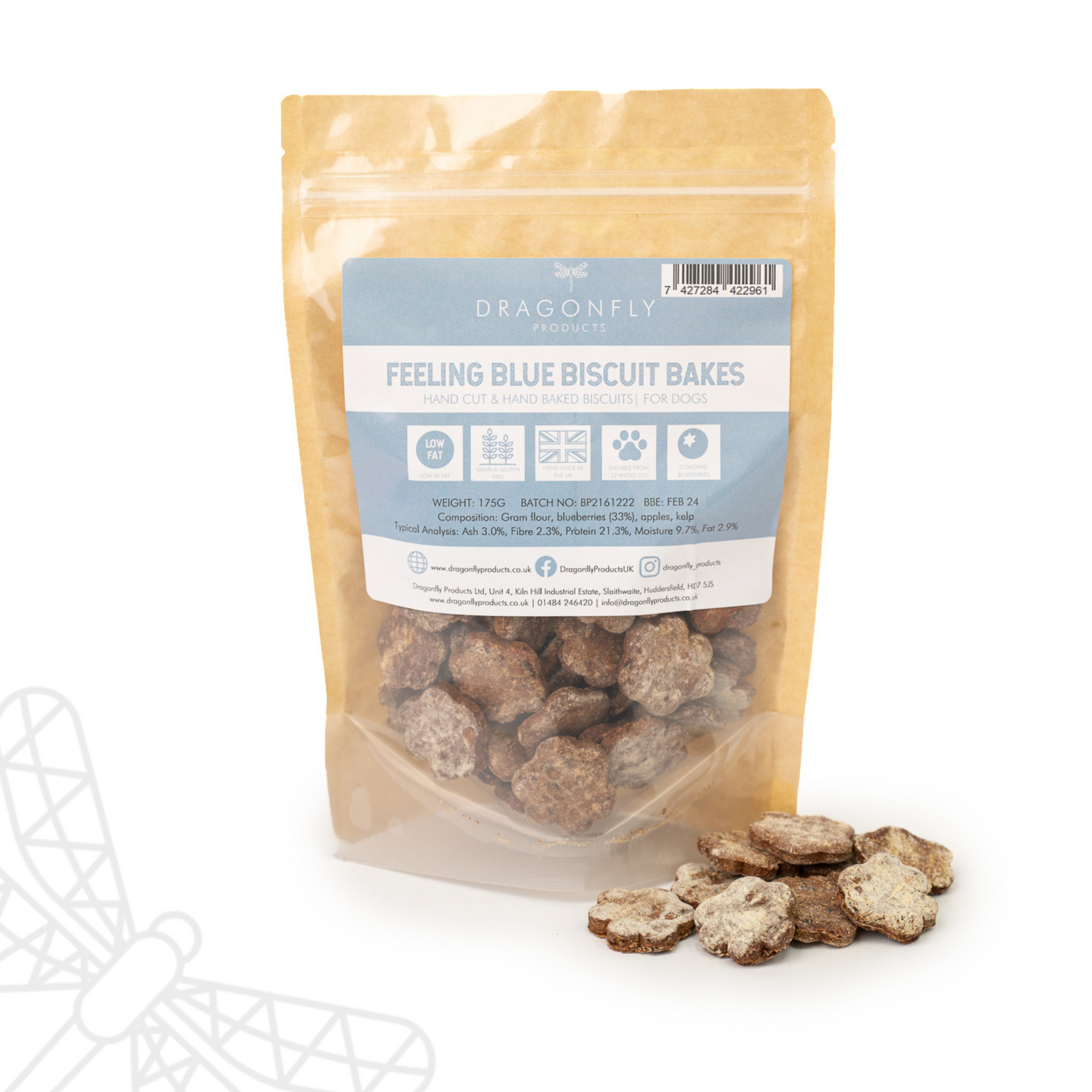
Where do Bully Sticks (Pizzles) come from?
Bully sticks, also known as pizzles, have become a popular and sought-after dog treat in recent years. Pet owners across the world have embraced these natural chews for their durability, dental benefits, and overall appeal to dogs. But have you ever wondered where these fascinating treats come from and how they are produced? In this article, we will delve into the origins of bully sticks, explore their source and production process, and uncover their distinctive physical features that make them a favourite among canine companions.
The production process of bully sticks involves careful preparation and preservation of the raw material. From sourcing to cleaning, drying, and shaping the final product, several steps go into ensuring the quality and safety of bully sticks. We will explore the intricacies of this process, shedding light on the industry's efforts to maintain high standards in an increasingly conscientious market.
Table of Contents
- What is a beef bully stick made of?
- Are bully sticks natural and chemical free?
- Are bully sticks cooked?
- How are bully sticks made?
- Why are bully sticks so hard?
- Is bull pizzle edible - can humans chew on them?
- Who eats beef pizzle?
- How big is a bull pizzle?
- What is the white stuff in a bully stick?
- Why are bully sticks so expensive?
- Are bulls killed just for bully sticks?
What is a beef bully stick made of?
A beef bully stick is typically made from a bull pizzle, which is the raw, uncooked, and dried penis of a bull. Bully sticks are traditionally made from beef pizzle, but they can also be made from the pizzle of other animals, such as lamb. It is cleaned, sanitised, and then shaped into the long, cylindrical form that is commonly seen as bully sticks. The pizzle is a durable and natural chew that provides dogs with a long-lasting and satisfying chewing experience.
It's important to note that the term "bully stick" is often used as a general name for this type of chew, regardless of whether it's made from a bull's penis or another animal part. Some bully sticks may be made from other animal sources such as cows or other livestock. It's always a good idea to check the packaging or product information to understand the specific source and ingredients of the bully sticks you are purchasing for your dog.
Are bully sticks natural and chemical free?
Yes! If you buy from a reputable company.
Bully sticks are typically considered natural dog chews, as they are made from a single ingredient, which is usually the pizzle of a bull or another animal. However, it's important to note that not all bully sticks on the market are created equal, and the specific sourcing and processing methods can vary between brands.
Ideally, high-quality bully sticks are minimally processed, free from additives, and do not contain any artificial chemicals or preservatives. They are simply cleaned, sanitised, and dried to preserve their natural form. These types of bully sticks would be considered more natural and chemical-free options.
However, it's crucial to read the packaging or product information carefully to ensure you are selecting bully sticks that meet your standards. Some manufacturers may use chemicals or additives during the processing or preservation of the bully sticks. If you have specific concerns or preferences regarding the sourcing or processing methods, you may want to choose bully sticks that are labelled as "natural," "chemical-free," or "additive-free."
Additionally, it's always a good idea to purchase bully sticks from reputable brands or suppliers that prioritise transparency and provide detailed information about their sourcing and processing practices. If you have any doubts or questions, don't hesitate to reach out to the manufacturer for clarification.
By being mindful of the product's sourcing, processing methods, and any added ingredients, you can make a more informed choice and select bully sticks that align with your desire for natural and chemical-free options for your dog.
Are bully sticks cooked?
Bully sticks are typically not cooked in the traditional sense of being exposed to high heat or cooked in an oven or stove. Instead, they are usually dried through a process of dehydration or air-drying. This drying process helps preserve the pizzle while removing moisture from the meat, resulting in a tougher and longer-lasting chew.
The purpose of not cooking bully sticks is to retain their natural qualities and provide dogs with a safe and enjoyable chewing experience. Cooking the bully sticks at high temperatures could alter their texture, make them brittle, or affect their durability.
It's worth noting that there are different types of bully sticks available on the market, and some may undergo additional processing methods. For example, there are smoked bully sticks or oven-baked bully sticks that may be exposed to low heat or smoke to add flavour or texture. These variations may have undergone some degree of cooking, although the drying process is still the primary method used to create bully sticks.
When selecting bully sticks for your dog, it's important to read the packaging or product information to understand the specific processing methods used.
How are bully sticks made?
Bully sticks are typically made through the following process:
- Sourcing: The process begins with sourcing the raw materials, which are typically the pizzles (penises) of bulls or other animals such as cows. The pizzles are obtained from slaughterhouses or meat processing facilities.
- Cleaning: Once the pizzles are obtained, they go through a cleaning process to remove any excess tissue, dirt, or contaminants. This step ensures that the pizzles are sanitary and safe for consumption.
- Sanitising: After cleaning, the pizzles are usually sanitised to eliminate bacteria, pathogens, and other potential health risks. Sanitising methods can vary and may include methods such as hot water rinses, steam treatments, or other sanitization techniques.
- Drying: The cleaned and sanitised pizzles are then dried to remove moisture. The drying process can be achieved through dehydration or air-drying methods. This helps preserve the pizzles, making them harder and longer-lasting for chewing.
- Shaping and Sizing: Once the pizzles are fully dried, they are shaped and sized into the familiar long, cylindrical form of bully sticks. This step involves cutting the pizzles into appropriate lengths and thicknesses to create a range of bully stick sizes suitable for different dogs.
- Packaging: The finished bully sticks are typically packaged and labelled for sale. The packaging may include information about the size, sourcing, and any additional processing methods used, such as smoking or flavouring.
It's important to note that the specific manufacturing processes can vary between brands and manufacturers. Some companies may have additional steps or variations in their production methods. It's recommended to read the packaging or product information to understand the specific manufacturing process used for the bully sticks you are purchasing.
Why are bully sticks so hard?
Bully sticks are hard because the process of drying the pizzles removes most of the moisture from the tissue, resulting in a hard and dense texture.
While bully sticks are hard, it's worth noting that some variations, such as braided or twisted bully sticks, may have a slightly softer texture due to the way they are processed or constructed.
Is bull pizzle edible - can humans chew on them?
Bull pizzle, which is the main ingredient in bully sticks, is technically edible for humans. However, it is not commonly consumed by humans as a regular food item. Bull pizzle is often processed and dried to create long-lasting dog chews like bully sticks. Bully sticks, which are processed specifically for dogs, are not suitable for human consumption.
In some cultures, certain animal pizzles, including bull pizzle, may be prepared and consumed as a delicacy or specialty dish. However, it is not a widely consumed or mainstream food item for humans in most parts of the world.
If you are considering consuming bull pizzle or any animal part, it's important to ensure that it has been properly sourced, prepared, and cooked to reduce the risk of potential bacterial contamination or other health concerns. It's always recommended to consult with a knowledgeable source, such as a local culinary expert or butcher, for guidance on safe preparation and consumption practices if you are interested in exploring the culinary use of bull pizzle or similar animal parts.
Who eats beef pizzle?
In East Asian cuisines, such as Chinese, Korean, and Vietnamese cuisines, beef pizzle is sometimes used in various dishes. It may be prepared through different cooking methods, such as boiling, braising, stir-frying, or grilling. In these cuisines, beef pizzle is often valued for its texture and is believed to have certain nutritional benefits.
It's important to note that the consumption of beef pizzle is not widespread globally, and it is not commonly found in mainstream or everyday diets. It tends to be more prevalent in specific cultural or culinary contexts.
How big is a bull pizzle?
The size of a bull pizzle, or beef penis, can vary depending on the age and size of the bull it comes from. On average, a bull pizzle can range from about 12 to 36 inches in length. The thickness can also vary, typically ranging from around 0.5 to 1 inch in diameter.
It's important to note that when bull pizzles are processed into dog chews like bully sticks, they are often cut into smaller lengths to create appropriate sizes for different dogs. The sizes available for purchase as dog chews can range from a few inches to several inches in length.
What is the white stuff in a bully stick?
The hard white centre of a bully stick is the cartilage that runs through the middle of the pizzle. It is a dense and tough part of the bully stick that provides additional durability and chewing challenge for dogs.
The hard white centre is made up of calcified tissue, which gives it a firm and solid texture. Dogs may enjoy chewing on this part of the bully stick as it provides a more challenging and satisfying chewing experience.
It's worth noting that the size and thickness of the hard white centre can vary between bully sticks. Some bully sticks may have a larger and more pronounced centre, while others may have a smaller and less prominent one. The overall composition and distribution of the hard white centre can depend on the specific processing methods used by the manufacturer.
Why are bully sticks so expensive?
There are several reasons why bully sticks can be relatively expensive:
- Sourcing and Processing: Bully sticks are made from animal pizzles, typically from bulls or other animals. The sourcing and processing of these pizzles require careful selection, cleaning, sanitising, and drying processes. These steps involve labour, time, and resources, which contribute to the overall cost of production.
- Limited Supply: The availability of high-quality bully sticks can be limited, especially if they are sourced from specific regions or suppliers. Factors such as the demand for pizzles and the availability of suitable animals can affect the supply chain and result in higher prices.
- Natural and Premium Quality: Bully sticks are often marketed as natural and premium-quality dog chews. Brands that prioritise using high-quality ingredients and implementing strict quality control measures in their manufacturing processes may charge a higher price to reflect the perceived value of their products.
- Manufacturing and Packaging: The manufacturing and packaging processes for bully sticks involve additional costs, including equipment, facilities, quality control, and packaging materials. These expenses contribute to the overall cost of producing and distributing the product.
It's important to consider the quality, sourcing, and reputation of the brand when purchasing bully sticks. While they may be more expensive than some other dog chews, they are often valued for their durability, natural composition, and potential benefits for dogs' dental health and chewing satisfaction. If bully sticks are cheap, they could be substandard and pose a significant health risk to your dog.
Are bulls killed just for bully sticks?
Bulls are not typically killed solely for the purpose of obtaining pizzles for bully sticks. The pizzles used in the production of bully sticks are usually obtained as by-products of the meat industry.
When cattle are slaughtered for meat, various parts of the animal are utilised to minimise waste. This includes the pizzles, which are then cleaned, processed, and dried to create bully sticks.
It's important to note that responsible and ethical manufacturers prioritise using by-products from animals that have been raised and processed for human consumption. This ensures that the production of bully sticks is part of a sustainable and efficient use of the animal, reducing waste.
For any further help and advice please contact us on 01484 246420 and why not join our social media channels and online community on Instagram, Facebook or YouTube.
With Wags and Woofs,
Laura, Dolly & Reggie








